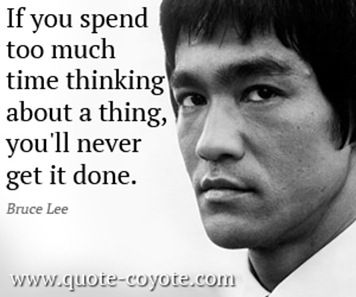How to Improve Sleep Part 1
One of the most common issues I see with clients is lack of sleep and/or poor quality sleep. What is good quality sleep? Sleeping from, the time your head hits the pillow until your alarm wakes you up in the morning. Not only is poor sleep annoying but it can have severe adverse effects on your health, fitness and fat loss goals. If you are interested in improving the quantity and quality of your sleep please keep reading.
Aside from making you a grumpy bastard here are some of the serious effects on your body form poor sleep quantity and quality:
- Depression
- Mood Disorders
- Stroke
- High Blood Pressure
- Diabetes
- Cancer
- Premature death
- Kidney disease
- Learning problems
- Memory problems
- Heart disease
- Metabolic Syndrome
- Hormone problems
- Obesity
- Danger while driving
- Low metabolism
- Weakened immune system
In the words of Dr. Rob Racowski : Without adequate sleep you get sick fat and stupid!
So, do you think sleep is important?
Let’s find out how to sleep better.

Shape the path. Simple changes to your environment can have significant effects on improving sleep. Here’s some of the best ways to do just that.
- Try to keep your room as quiet as possible. If you live in a noisy area you can also try a variety of apps that have peaceful sounds or white noise to help block out the noisy environment or just simply relax you into sleep. We all know how relaxing the sound of ocean waves, light rain, or a babbling brook can make it easy to doze off.
- Keep the room dark. The darker the room the better. Light from anything including electronic devices such as, clocks, or on t.v.’s etc. can impede sleep. Keep it pitch black. If you need to get room darkening curtains go for it.
- Keep the room cool. Lower temperatures have been shown to induce deeper and more restful sleep. You all know how hard it is to sleep when it is hot and humid. Chill out.
- Get comfortable. One of the best thigs y wife and I ever did was to get a new mattress. I bought a really expensive mattress before we were married and it was great for years. However, over time it began to sag in places and I would wake up with back and neck pain each morning. After years of this stupidity we broke down and bought a new mattress and haven’t looked back since. Another way to look at this is, an average person will sleep for 229,961 hours in their lifetime or basically one third of their life. You might as well make it as comfortable as possible. On the same note, if you do have lower back pain keeping a pillow between your legs if you are a side sleeper or under your knees if you are a back sleeper will keep you spine in better alignment and this can dramatically reduce or eliminate back pain caused by uncomfortable sleeping positions. I started using the Contour Legacy Knee and Foam Support Pillow about a month ago and really like it. The pillow is small so it is not bulky if you turn side to side and it also contours very comfortably between your legs, Unlike a lot of memory foam products out there this one doesn’t get hot. A friend of mine turned me onto this awesome Novilla Mattress that is super affordable and is equally if not more comfortable than my higher end mattress I bought form a furniture store.
- Keep electronic devices across the room from you or better yet in another room. The electronic radiation can not only negatively affect your sleep but may be harmful to your health. This is especially true of cell phones. Plus, if you have a phone near you the crack head in you will constantly want to check for likes, emails, texts, snap chats and all of the other annoying ways people can contact you. I like to put my phone on “Do not disturb” mode and it charges across the room from me.
- To piggy back off #4 above, it is recommended to not have a t.v. in your bedroom. Not only is watching tv. in bed not good for you for reasons I will discuss below but it will distract you from sleeping and/or keep you up later then you want because you must finish binge watching some show. The bedroom is for two things. SLEEP and SEX. If you keep your sacred sleeping space for those two things you will subconsciously know that when you go into the bedroom one (or two) of these will occur.
- Speaking of sex. Have more of it. Ever notice it is much easier to fall asleep after great sex? Not having great sex? Work on it. Practice makes perfect.

Pre-bed Rituals: Other great ways to improve sleep are what I like to call pre-bed rituals. These are certain habits that you do each night within an hour of going to sleep.
- Gratitude log. A grateful log is simply a notebook or journal you keep at the bedside. Each night before you go to bed you reflex on the day and write down 3 or more things that you are grateful for that happened in that day. Write down 3 nice things you did for someone else. Write down 3 nice things others did for you. Lastly, write down 3 things that you are grateful for that you have not achieved/received yet. My mentor Charles Poliquin always said that “What you appreciate, appreciates”. My favorite gratitude journal is the 5-Minute Journal. It is a beautifully made journal and makes the process of journaling easy and fun.
- Deep Breathing Exercises. Simply focusing on doing long slow inhales through the nose for 4 seconds. Pause for a 4 count and slowly exhale through your mouth for 4 seconds can have a profound effect on relaxing you. Do this for 5-10 minutes and it can work wonders.
- Just like the deep breathing exercise above, one of the best ways to not only improve sleep but to improve your health is through meditation. I know meditation is hard for many (including myself) so that is why I like guided meditation. Apps such as, Headspace and Calm provide all types of guided meditation for sleep, stress relief, focus, performance etc. Many are short (10 minutes) and easy to do. My favorite meditation is the Primus Meditation. You can access it here FREE. It is a amazing guided meditation that can positively improve your life.
- No TV, computer, iPad, phones, social media. Along with unwanted/unhealthy radiation of electronic devices is blue light. This is the light frequency emitted by these devices and has a direct negative effect on your hormones and sleep Try to stay off social media, the computer, watching t.v. iPad, etc. for about an hour before you go to bed. Avoiding this type of light allows melatonin (the hormone that makes us sleep) production and the natural cycle for your body to fall asleep. If you must use these devices then turn on “Night time mode” on the cell phone. This changes the light ways from blue to the red/orange spectrum associated with a setting sun and falling asleep. For your computer, there is a program called f.lux. It is free and does the same thing. For each to these apps. Set them to turn on just before sunset and return to normal at sunrise. These are simple tools to make using some electronic devices safer before bed.
- Avoid caffeine and other stimulants (energy drinks etc.) after 12-1 pm. The effects of caffeine can last up to 10 hours in some people and will not only make it harder to fall asleep but sleep soundly. I am sure you have all had caffeine too close to bedtime and slept like crap that night. Some people can drink coffee late and still sleep but to be safe just avoid it. Besides the other negative effect of coffee is it is a diuretic so you will most likely have to get up in the middle of the night to pee.
- The last “hack” for part one is to go to bed and wake up the same time each day. This can be hard for a lot of people. However, if you can do it or keep it within an hour difference earlier or later your body will develop a more stable sleep cycle.
That is all for part 1. Stay tuned for part-2 where I will discuss which natural supplements help to improve sleep quantity and quality. In the meantime, sleep, tight.
To your health,
Kevin




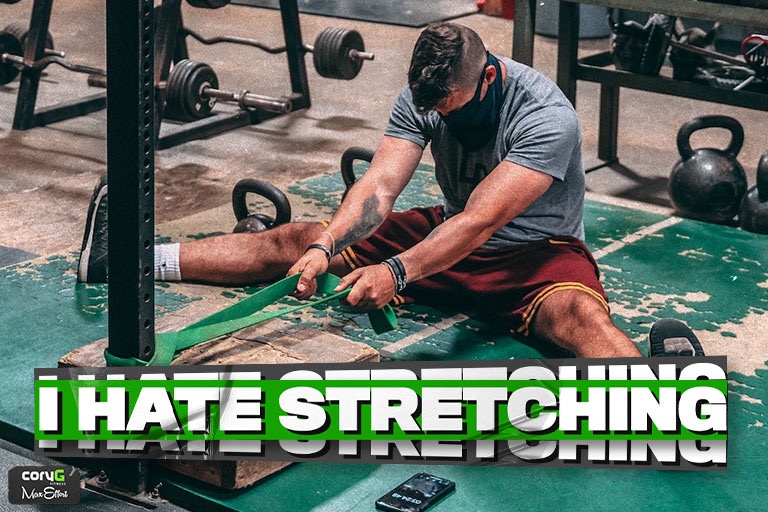


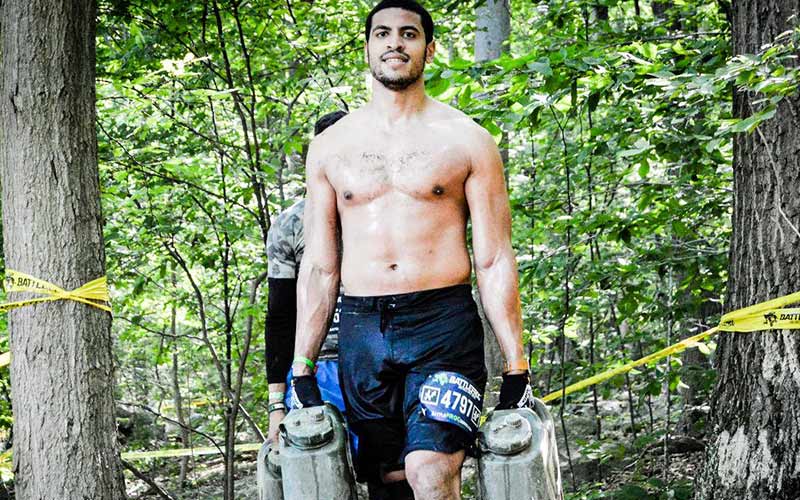






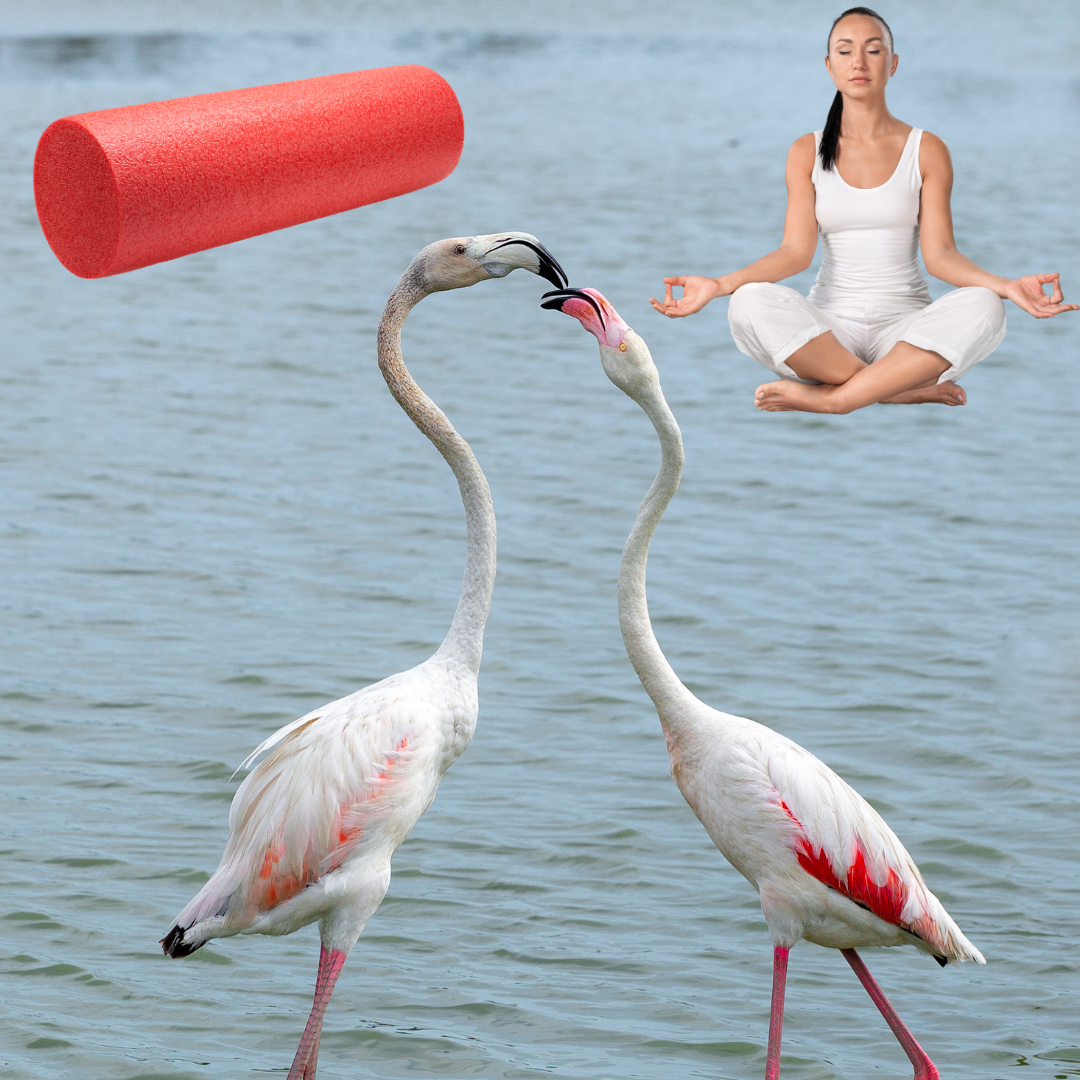




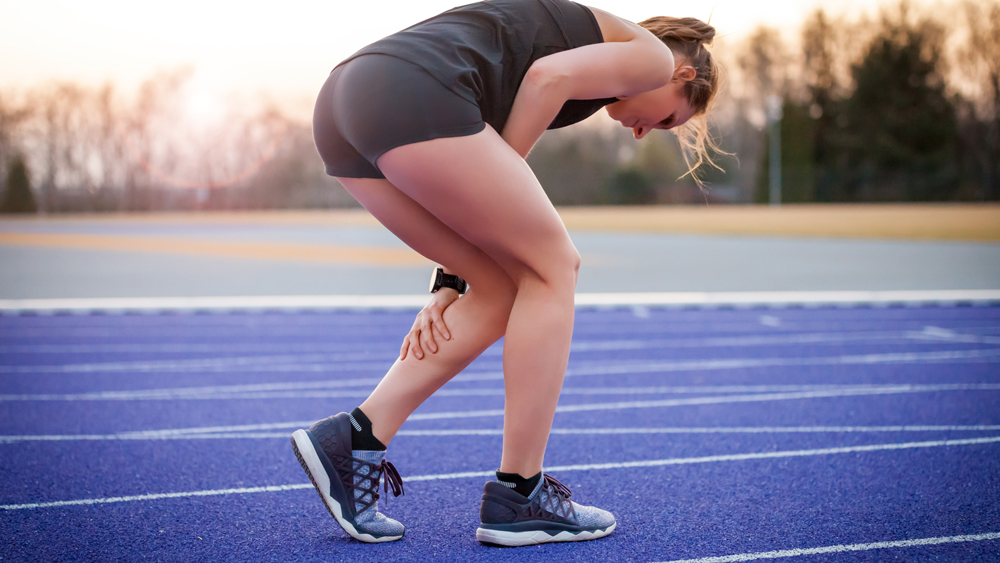
 Over my 20 years of training almost every population of people, there are a few disturbing trends that I see. One of the most pressing trends is failure of people to properly warm-up before they workout. Not warming-up is a sure-fire way to get injured and derail your progress, motivation, and results. So if you want to get hurt and have a less effective workout don’t warm-up.
Over my 20 years of training almost every population of people, there are a few disturbing trends that I see. One of the most pressing trends is failure of people to properly warm-up before they workout. Not warming-up is a sure-fire way to get injured and derail your progress, motivation, and results. So if you want to get hurt and have a less effective workout don’t warm-up.